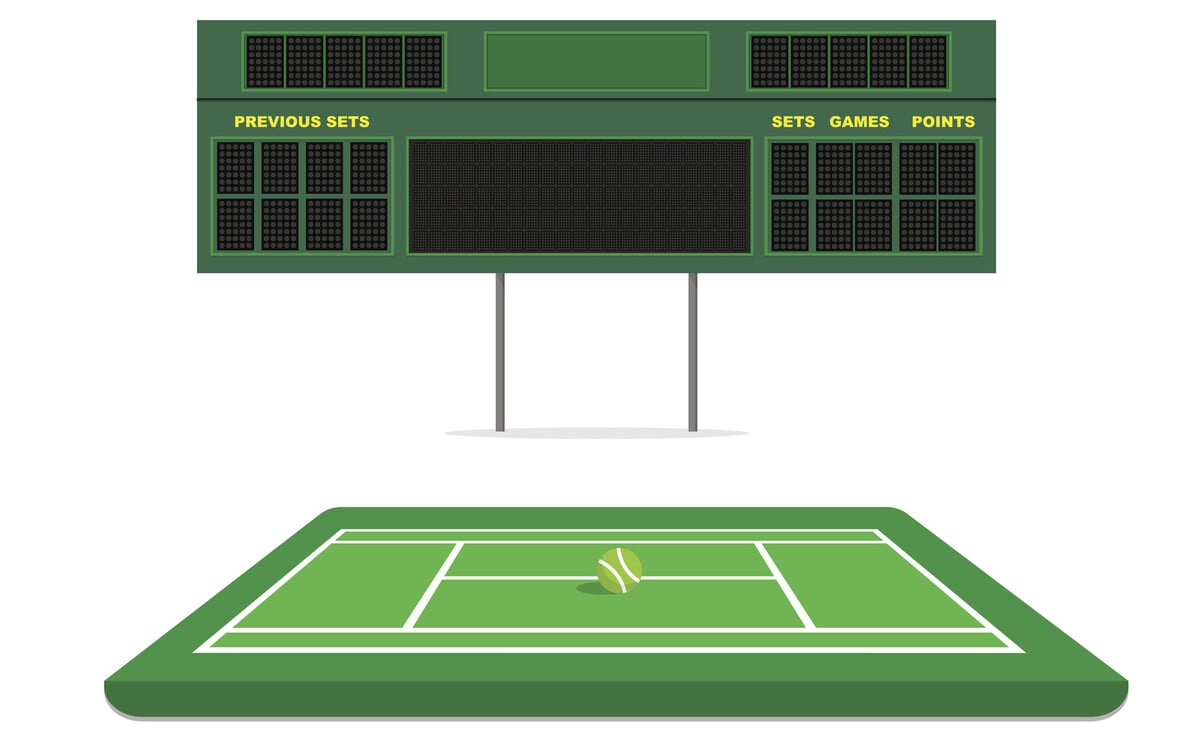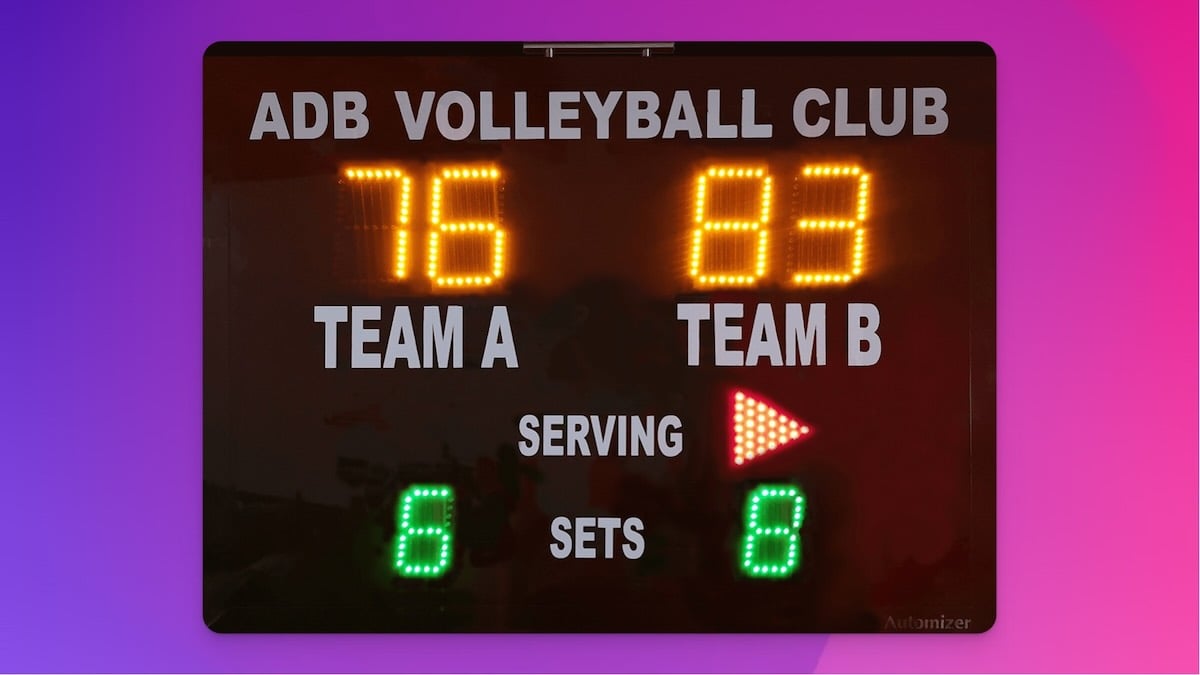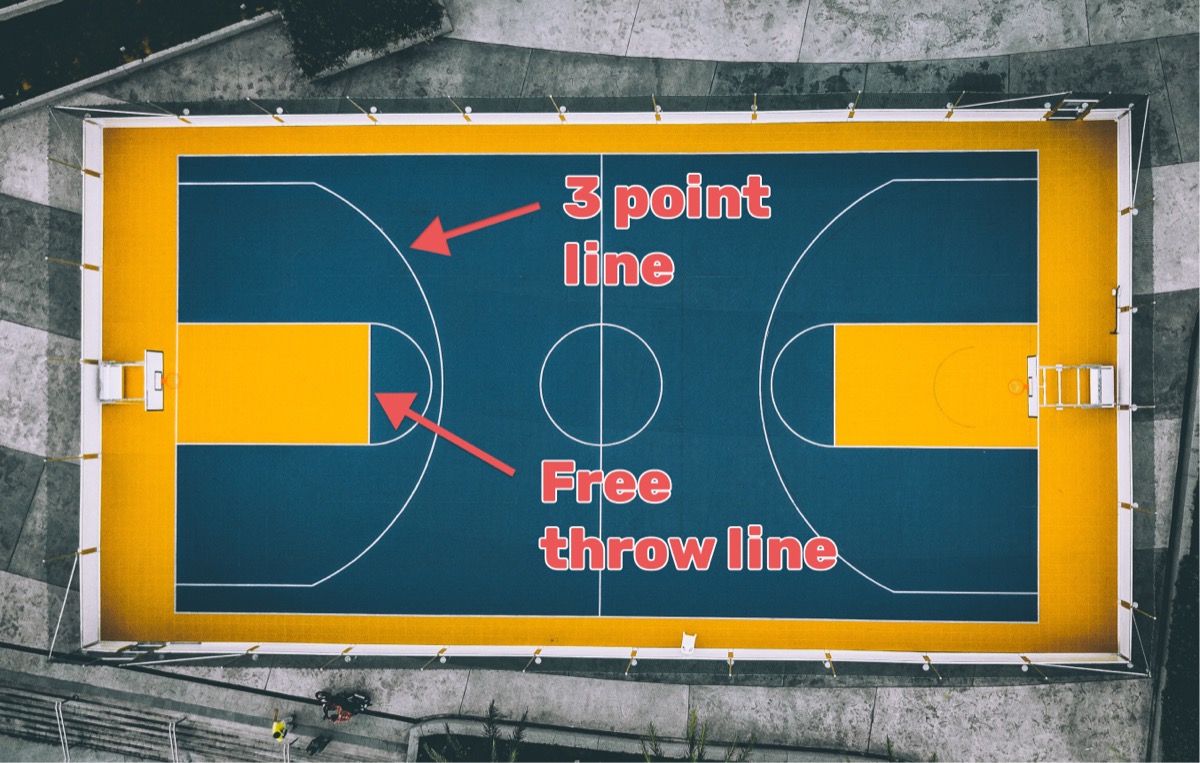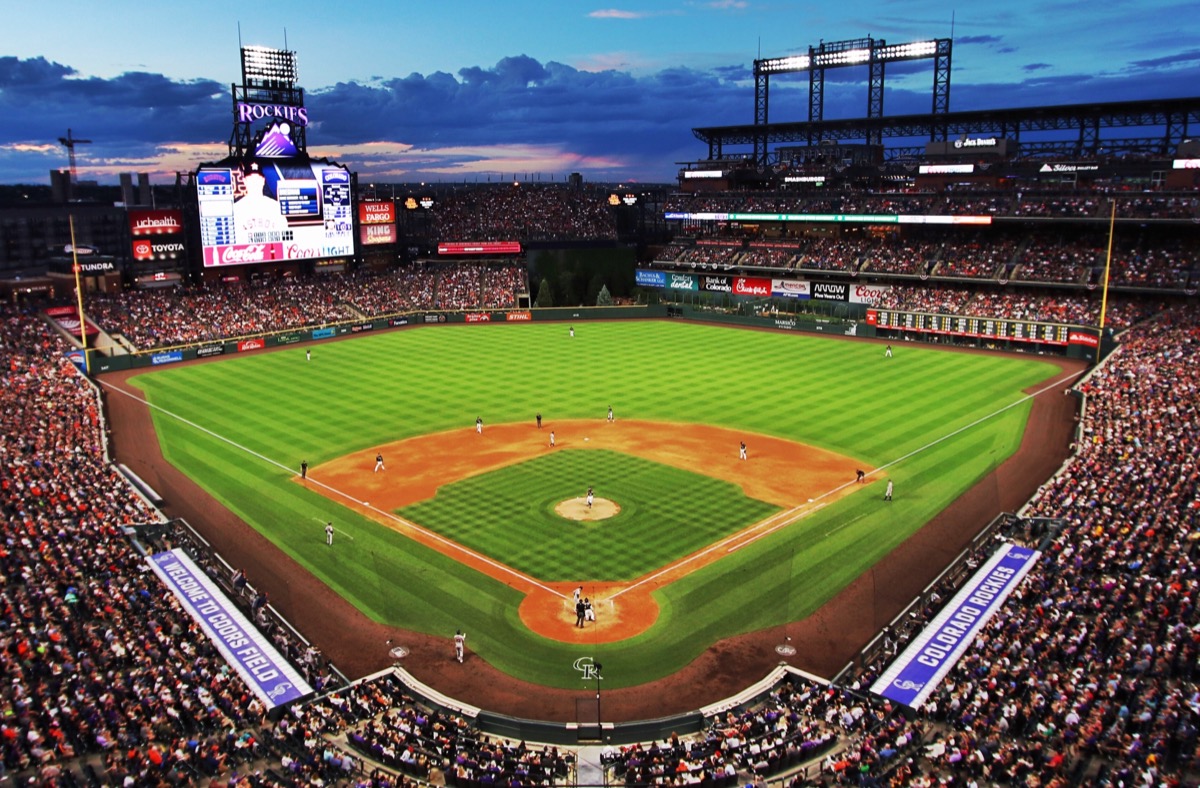Squash is a fast-paced racquet sport that is played by two individuals (singles) or four individuals (doubles) on a four-walled court. The players take turns hitting a small rubber ball against the front wall. The fundamental goal in squash is to make the ball bounce twice before the opponent has a chance to return it. Squash scoring can seem a bit complicated for newcomers, but with some explanation, it’s quite straightforward. In this article, we will explore the basics of squash scoring and provide the information you need to understand how it works.

While squash scoring differs from other racquet sports like tennis, it shares some common elements in how games and matches are structured.
Rallies, Points, Games, and Matches
A rally is an exchange of shots between the players, starting with the serve and continuing until a point is scored. Points are scored when one player fails to return the ball correctly. The player who wins the most points wins the game, and the player who wins the most games wins the match. A typical match is the best of 5 games.
Scoring Systems
There are two main scoring systems in squash: traditional hand-in-hand-out scoring and point-a-rally scoring.
Traditional Hand-In-Hand-Out Scoring
In traditional hand-in-hand-out scoring, only the server can score points. If the server wins a rally, they score a point. If the receiver wins a rally, they become the server but do not score a point. Games are played to 9 points, but if the score reaches 8-8, the player who reaches 8 first can choose to play to 9 or 10.
Point-A-Rally Scoring
In point-a-rally scoring, a point is scored on every rally, regardless of who is serving. This is the more modern and widely-used scoring system. Games are played to 11 points, but a player must win by 2 points, so games can extend beyond 11 points if necessary.
Serving
At the beginning of each game and after each point, a player serves the ball. In singles, the server can choose to serve from either the left or right service box, but must alternate if they win consecutive points. In doubles, each player serves in succession, alternating service boxes.
The Squash Court
A standard squash court is an enclosed playing area with four walls. The front wall is where players aim to strike the ball above the tin (bottom boundary) and below the outline (top boundary). The two side walls are used for various shots and angles. The back wall has a lower boundary called the board, and the ball must not strike below this when hitting the back wall.
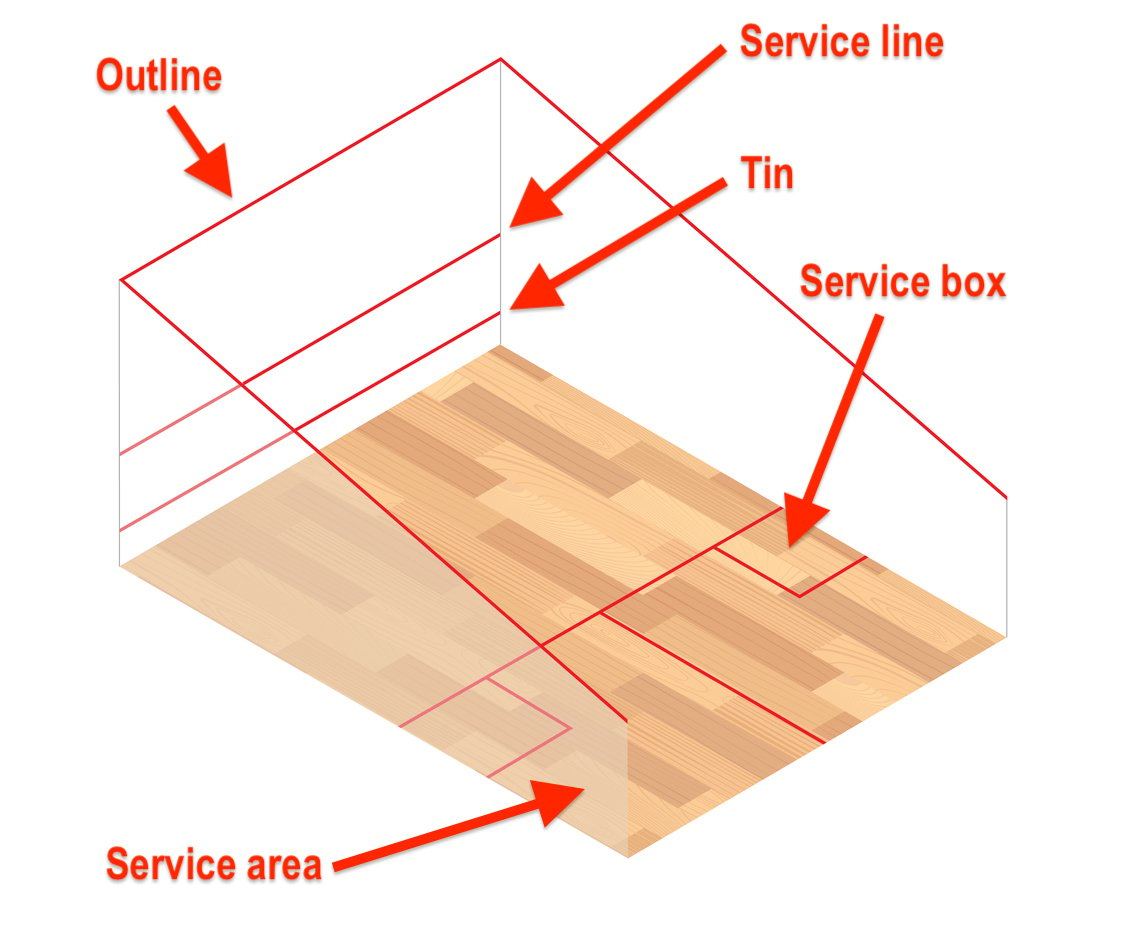
Dimensions
- Court Length: 9.75 meters (32 feet)
- Court Width: 6.4 meters (21 feet)
- Front Wall Height: 4.57 meters (15 feet) to the Outline
- Back Wall Height: 2.13 meters (7 feet) minimum to the Board
Service Boxes and Service Area
On either side of the mid-court, there are small boxes known as the service boxes. A player must have at least one foot in the service box while serving. The ball must be served to hit the front wall above the service line and land in the opposite quarter court (service area).
The Tin and The Board
The Tin is the bottom boundary on the front wall. The ball must not hit below this line, or the player loses the rally. The Board is the bottom boundary on the back wall, and similarly, the ball must not hit below this line.
The Red Lines - Outline and Service Line
The Outline runs along the top of the front wall and the top of the side walls. The ball must not hit above the outline. The Service Line is on the front wall and is used for serving. The serve must be above this line.
The Half Court Line
The Half Court Line divides the court into two halves from the back wall to the service line on the front wall. This is used to determine the receiving areas for service.
Playing Surface
The floor of a squash court is typically made of wood, and the walls are made of a hard material like concrete, plaster or glass. It is essential that the surface is clean, flat, and non-slippery to ensure safety and performance.
Understanding the layout and dimensions of a squash court is essential for both beginners and seasoned players. It helps in strategizing and making the most of the playing area to gain an advantage in the game.
What is shown on a squash scoreboard?
A typical squash scoreboard shows the following information:
- The names of the players or teams.
- The points each player has scored in the current game.
- The number of games each player has won.
- Who is currently serving.
Using scoreboard software for squash
An effective way to create your squash scoreboard is by utilizing software in combination with hardware like a TV or projector. This is particularly useful for amateur leagues and teams that are on a tight budget and can't afford a costly dedicated scoreboard.

Keepthescore.com is one of the leading solutions for creating online squash scoreboards. You can literally be up and running in under 30 seconds.
What's very convenient is that you can control your scoreboard from anywhere, including a mobile phone.
Do you have feedback or questions? Please do comment below!

